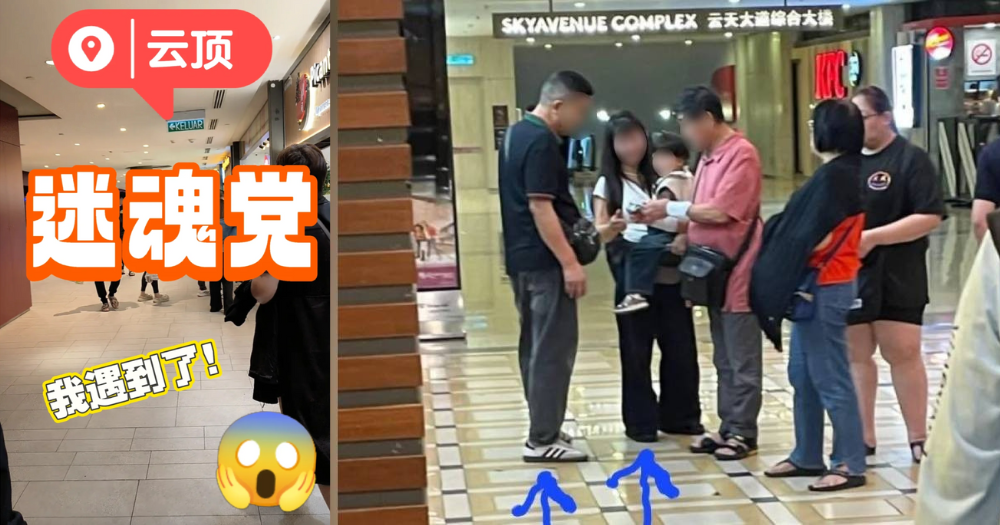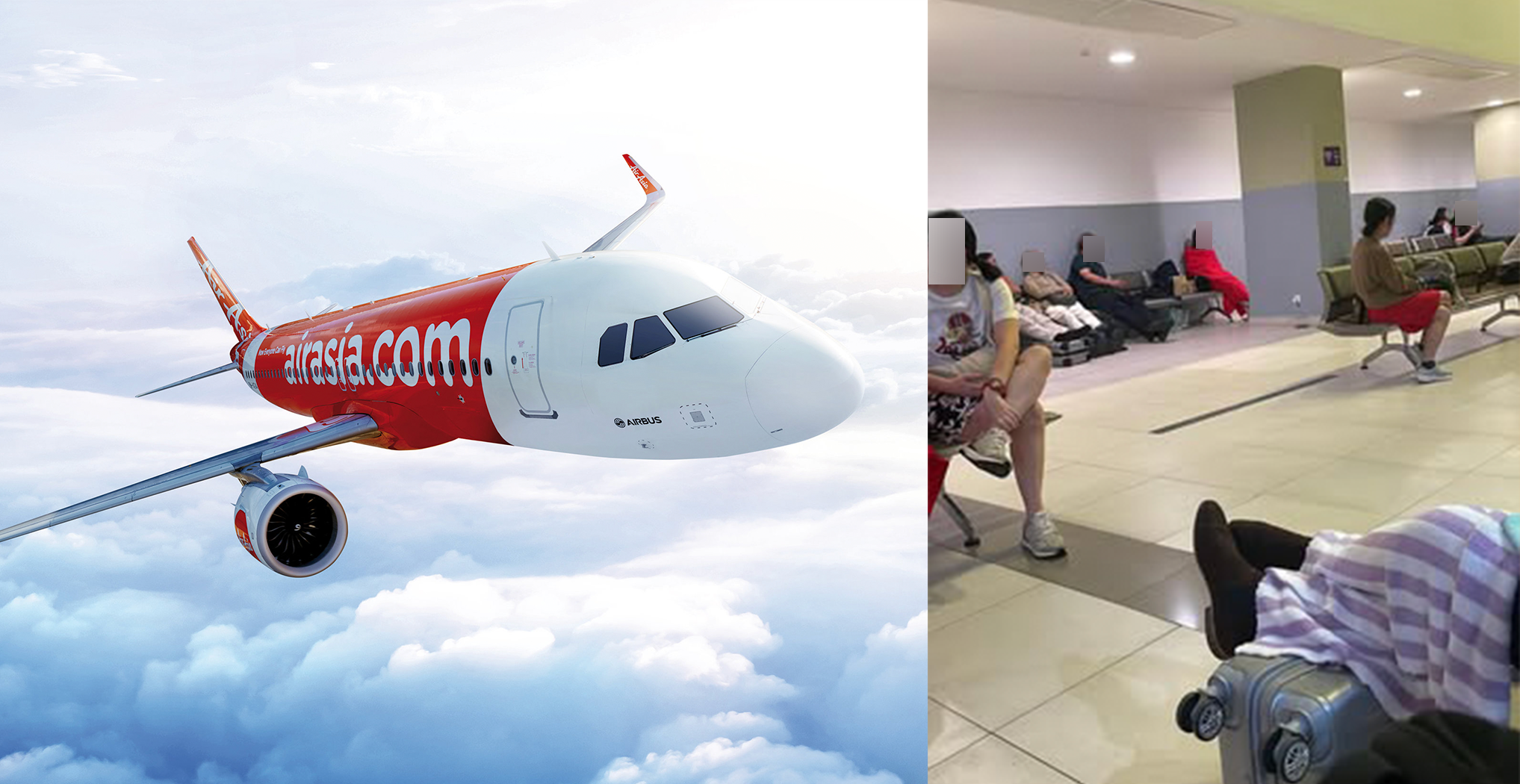How a local startup was supported by Huawei and SBS Transit to help deaf S'poreans navigate MRT stations better
Many hands make light work.

The Singapore Association of the Deaf says on their website, “Sign language is the natural language of the Deaf community.”
It’s important to remember that there are many language options available for navigating day-to-day life.
In Singapore, signs are in English, but are also available in Malay, Mandarin, and Tamil.
This helps those for whom English is not a first language to find their way.
And now, thanks to a Singapore based tech startup called FingerDance, commuters who are Deaf or hard-of-hearing will have a way to both seek and receive vital information on their daily commutes.
A matter of interpretation
FingerDance and SBS Transit worked together to co-create SiLViA, a sign language virtual assistant.
SiLViA is powered by FingerDance’s AI sign language large language model.
She can convert audio announcements into sign language and answer commuting FAQs in both sign language and text.
SiLViA is piloted at Chinatown MRT station on the North East Line.
The kiosk is able to alert Deaf and hard-of-hearing commuters that a station announcement is in effect and translate the announcement into sign language for them.
 Screen capture courtesy of Huawei International
Screen capture courtesy of Huawei International
The kiosk can also be used to answer these commuters’ questions, responding to questions verbally put to the AI avatar, allowing them to get travel-related information about the station and the surrounding area.
Seeing your voice
FingerDance’s co-founder, Gong He, was studying for a master's in Business Analytics at NUS when he was inspired by some Deaf friends to join Huawei’s inaugural Tech4City competition.
During this time, he nurtured the fledgling idea, then known as “See Your Voice”, into fruition, finding out that he had won the competition’s grand award with the first prototype, just as he was graduating.
The Tech4City competition is Huawei’s Singapore based attempt to empower young people from 18 to 35 years old to develop customised solutions that leverage digital technologies for the betterment of society.
In and around the same time, the nascent FingerDance was also receiving help and guidance from NUS.
First, was NUS GRIP, the Graduate Research Innovation Programme, which provided insights and advice from established industry players, and helped FingerDance to refine their business model and products.
It also received funding from a new accelerator program called Technology for Sustainable Social Impact (TS2), which was established by NUS Enterprise and the Singapore Centre for Social Enterprise.
TS2’s program distributes a part of a S$3.5 million budget to help early and growth stage start-ups that are using innovative technology to solve community issues.
Grand prize
But winning Huawei’s competition didn’t just offer cash prizes that could be used to further ideas.
After all, innovation is a full-time job.
Gong He spoke about the important support Huawei provided to help the start-up reach its product-market fit.
Huawei had recommended that the See Your Voice team enrol in the Huawei Cloud Incubator, and provided them with connections to Huawei’s partners from public sector and private sector in their network, especially SBS Transit and Infocomm Media Development Agency(IMDA).
Huawei Cloud Incubator is a joint effort between Huawei Cloud and Singapore’s IMDA, housed at its Pixel Innovation Hub.
Pixel is IMDA’s 28k sqft innovation space for corporates and start-ups to ideate, experiment, and build their products, with a focus on Alternate/Virtual Reality, AI/Data, the Internet of Things, and 5G, located in Singapore’s One-North innovation district.
Together, the Huawei Cloud incubator targets early-stage Singapore-based startups in sectors such as FinTech, Web 3, and Software as a Service.
It aims to incubate 12 start-ups over five months, twice a year, giving them access to the tools and talent they would need to “take off”.
As a Huawei executive put it, the goal was to help start-ups reach “minimum velocity”.
Deployment
FingerDance was also aided by SBS Transit’s Mobility Innovation Centre (MINNOVA).
MINNOVA brings together enterprises, start-ups, industry experts, academics, and government agencies, along with other stakeholders, to tackle challenges and find solutions for the public transport industry.
Notably, SBS Transit is also a key partner of Huawei’s Tech4City initiative.
For FingerDance, things have progressed to the point where their virtual assistant can be deployed in public, with its first such test at Chinatown MRT Station.
Gong He’s expressed his motivation simply: Deaf people had the right to be able to navigate their world in a medium familiar to them.
The development of SiLViA, who would be able to communicate with them in their first language, that of sign language, is another step on the road to making this a reality.
Community works
Added to this is the contribution of perhaps the most important group, the Deaf and Hard-of-Hearing community in Singapore.
The idea was initially inspired by friends of the founders of FingerDance who relied on sign language.
As the idea progressed, the company also worked closely with the Singapore Association of the Deaf (SADeaf), and the Deaf and Hard-of-Hearing community to integrate Singapore Sign Language into their product.
As co-founder Gong He said when speaking about the support he had received from the SADeaf, it was important to work with SADeaf and Deaf people so as to “better understand the real needs of the community.”
“We are trying our best to update and iterate our product, in order to satisfy their needs.”
Ultimately, before there can be support for a start-up, the product that they wish to produce must have a need, and there must be an audience for it.
FingerDance’s story is not just one of innovation, but it is also one of collaboration.
When solving issues for communities, no one party is sufficient, and help and support from other sources are always required.
As some might say “it takes a whole village to raise a child”.
Top image via Huawei International
This branded article by Huawei International makes the writer optimistic about AI for once.
MORE STORIES


















